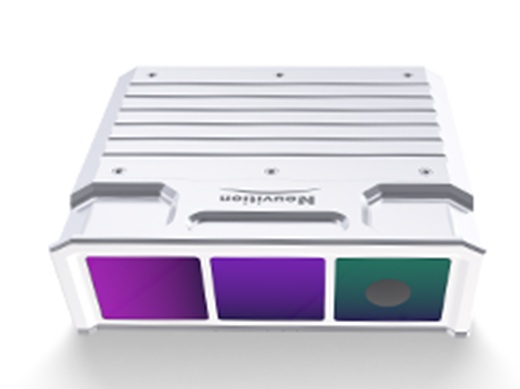
What is Forward Collision Avoidance System
A Forward Collision Avoidance System is a safety feature in vehicles that helps prevent accidents by alerting the driver and automatically applying the brakes if a potential collision with another vehicle or obstacle is detected. Using sensors, cameras, and radar technology, the system continuously monitors the road ahead and calculates the distance and speed of surrounding vehicles. If it determines that a collision is imminent, it will warn the driver through visual and auditory alerts to take action. If the driver does not respond in time, the system can autonomously apply the brakes to avoid or mitigate the impact. Overall, the Forward Collision Avoidance System is designed to enhance driver safety and reduce the risk of accidents on the road.
Why Forward Collision Avoidance System
A Forward Collision Avoidance System is a crucial safety feature in modern vehicles that helps prevent accidents by alerting the driver and automatically applying the brakes if a potential collision is detected. This system uses sensors, cameras, and radar to monitor the road ahead and can react faster than a human driver in emergency situations. By providing an extra layer of protection, the Forward Collision Avoidance System can significantly reduce the risk of rear-end collisions and save lives on the road.


Recent Technology Development of Forward Collision Avoidance System
The recent technology development of forward collision avoidance systems has seen significant advancements in the automotive industry. These systems utilize sensors, cameras, and radar to detect potential collisions with vehicles or obstacles in front of the vehicle. Through the use of advanced algorithms and artificial intelligence, these systems can automatically apply the brakes or alert the driver to take evasive action to prevent a collision. The integration of machine learning and predictive analytics has further enhanced the accuracy and effectiveness of these systems, making them an essential safety feature in modern vehicles. Overall, the continuous innovation in forward collision avoidance technology is playing a crucial role in reducing accidents and saving lives on the road. Brief answer: The recent technology development of forward collision avoidance systems has significantly improved vehicle safety by utilizing sensors, cameras, and radar to detect potential collisions and automatically apply brakes or alert drivers to prevent accidents.
Applications of Forward Collision Avoidance System
Forward Collision Avoidance Systems (FCAS) are advanced safety features in vehicles that help prevent accidents by detecting potential collisions with objects or other vehicles in front of the car. These systems use sensors, cameras, and radar to monitor the road ahead and alert the driver if a collision is imminent. FCAS can automatically apply the brakes or adjust the vehicle's speed to avoid a crash. This technology is especially useful in heavy traffic, low visibility conditions, and on highways where rear-end collisions are common. FCAS can significantly reduce the risk of accidents and save lives by providing an extra layer of protection for drivers and passengers. In summary, the applications of Forward Collision Avoidance Systems include enhancing driver safety, reducing the likelihood of accidents, and improving overall road safety.

Neuvition Collision Avoidance Systems for Railway
Our collision avoidance systems for railway are designed to enhance safety and prevent accidents on rail tracks. By combining our state-of-the-art LiDAR sensors with advanced software algorithms, we offer the following advantages:
Advantage
- Accurate detection and identification of obstacles in front of trains
- Real-time warning alerts to prevent collisions
- Integration with cameras and other sensors for comprehensive situational awareness
- Customizable solutions to meet specific railway requirements

Neuvition Collision Avoidance Systems for Automotive
Our collision avoidance systems for automotive applications are designed to improve road safety and enable autonomous driving capabilities. We offer the following benefits with our integrated LiDAR, Radar, and Camera solutions.
Advantage
- 360-degree detection and tracking of surrounding objects
- Advanced object recognition and classification
- Real-time decision-making for collision avoidance
- Seamless integration with existing vehicle systems

FAQ








Contact Us
If you have any questions or suggestions, please leave a message, we will get in touch with you within 24 hours!
